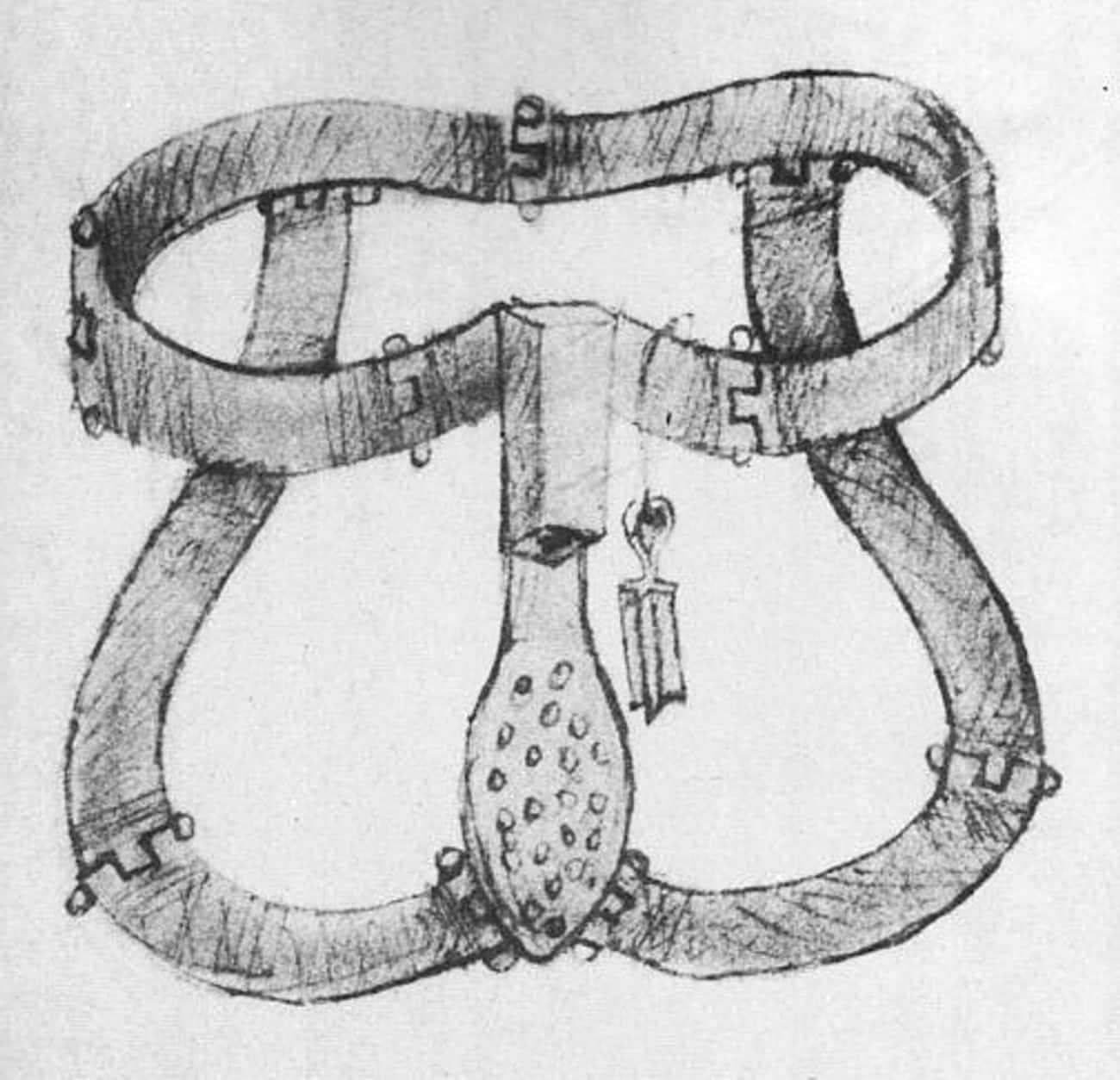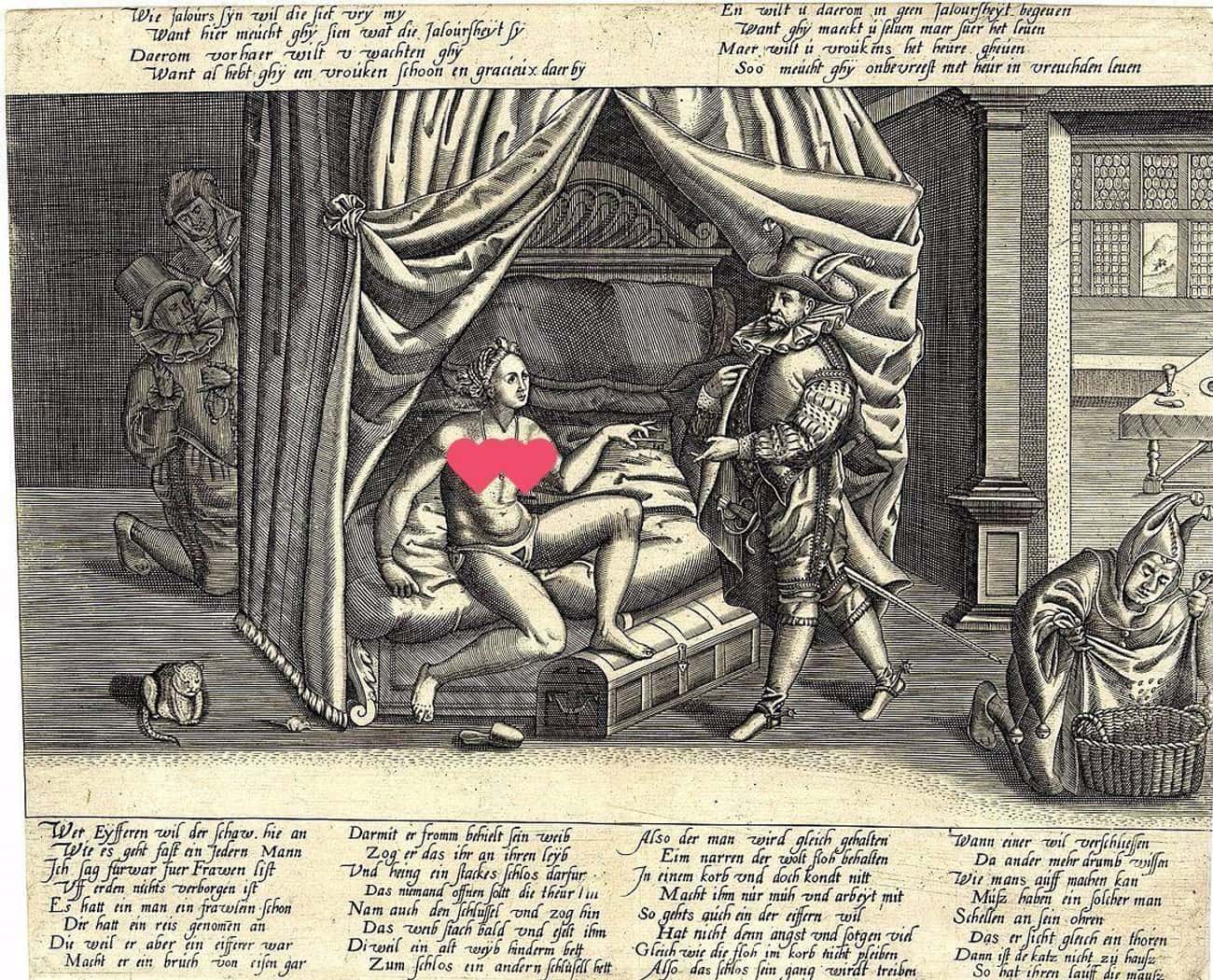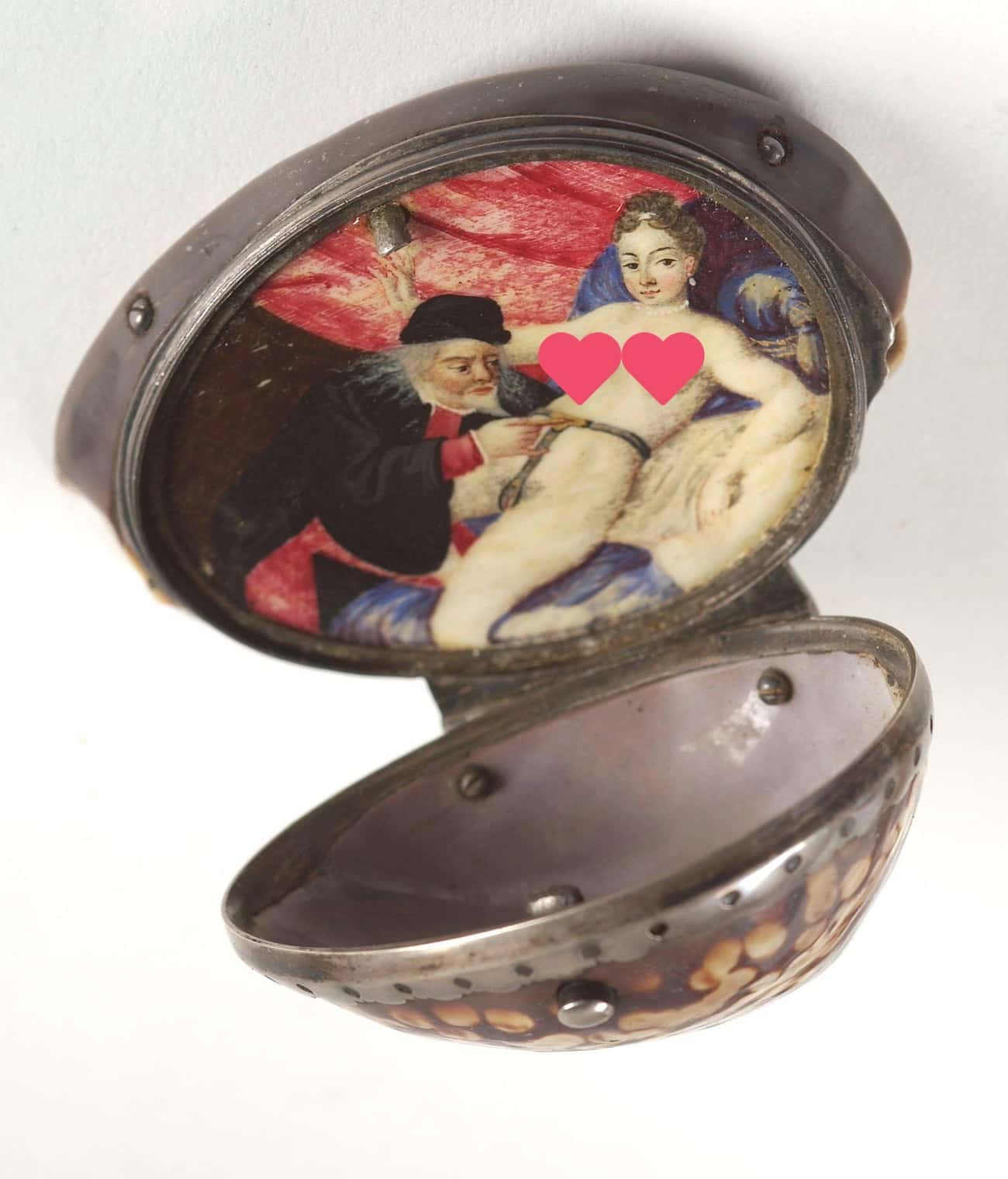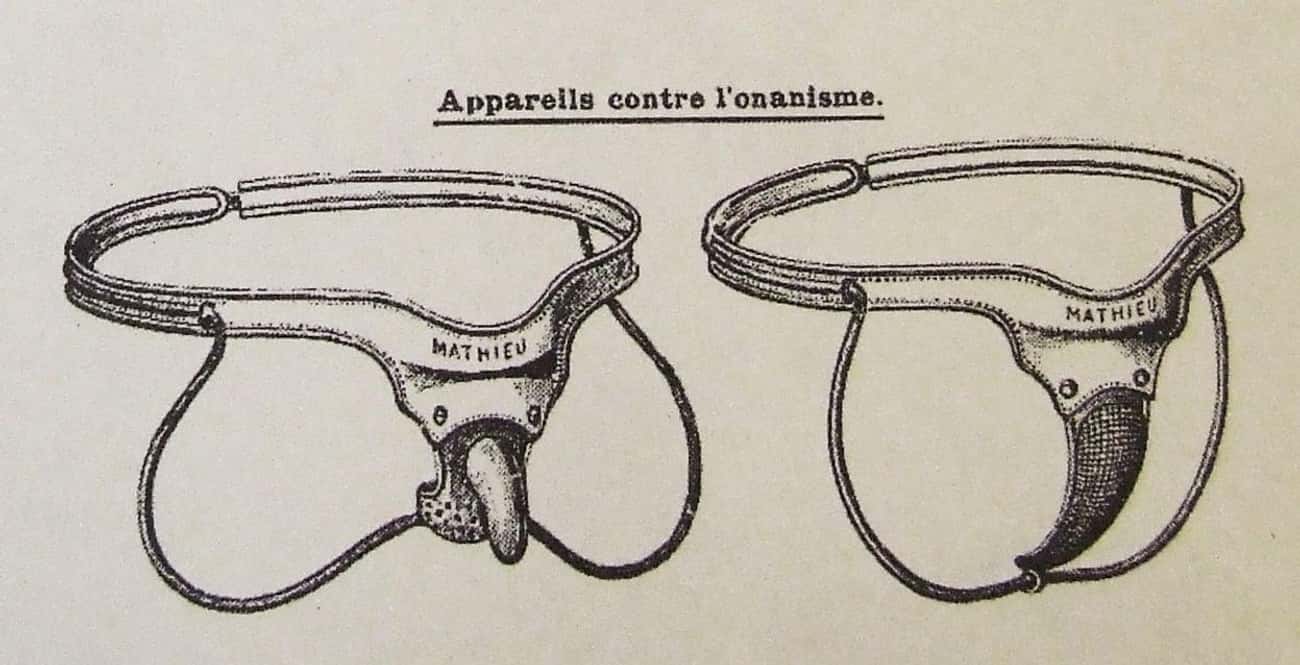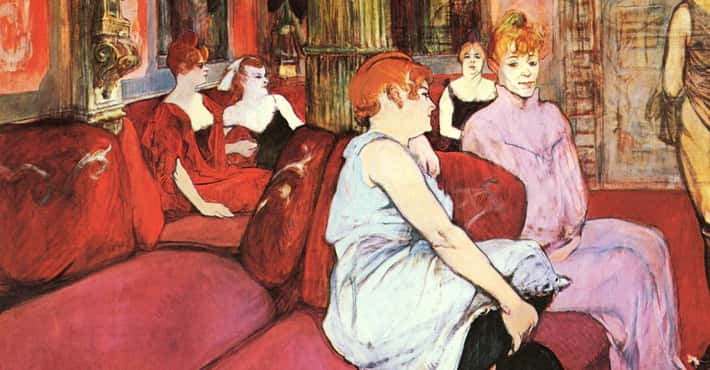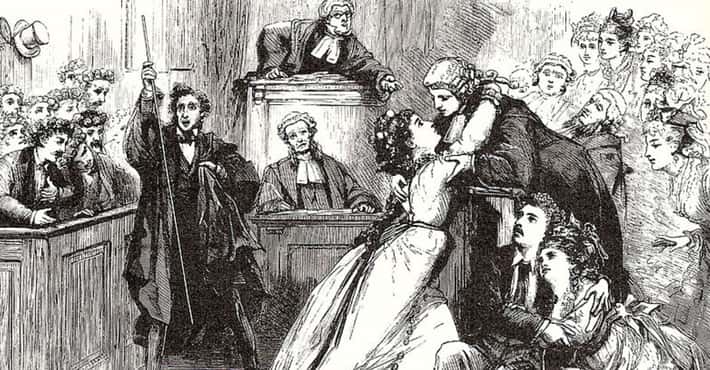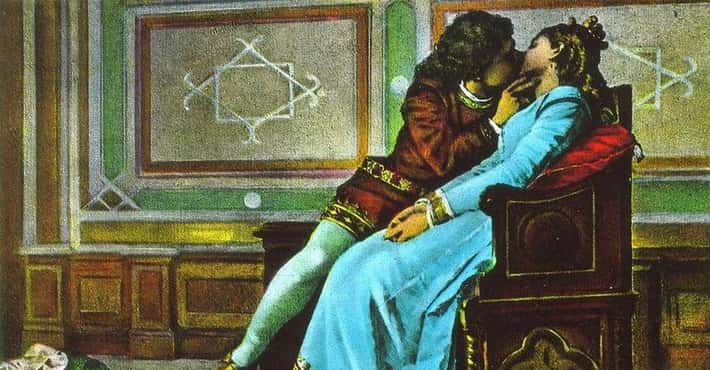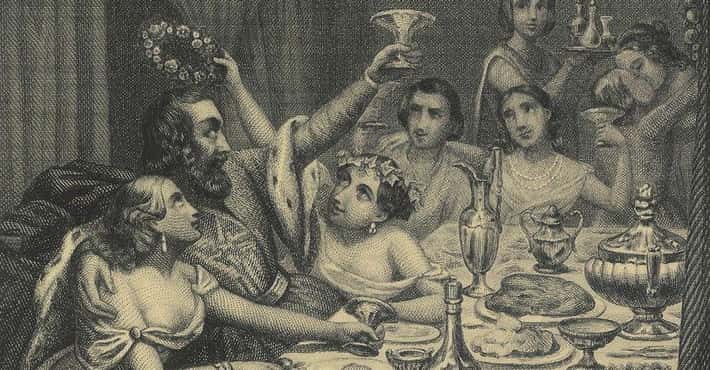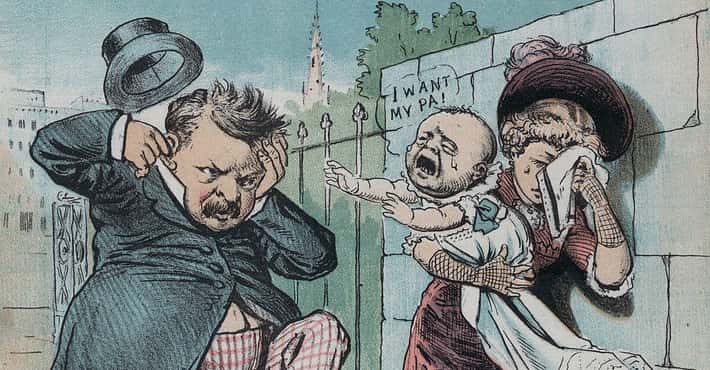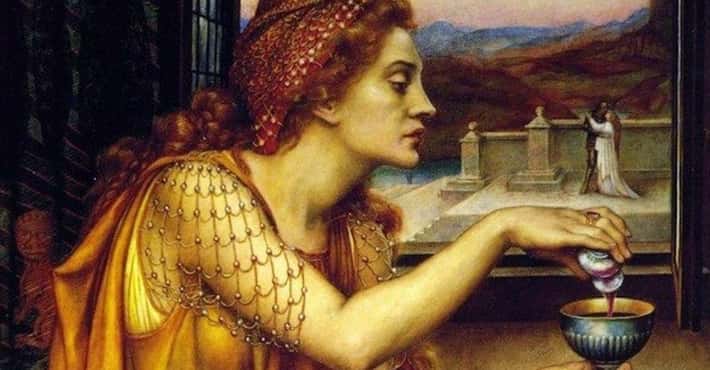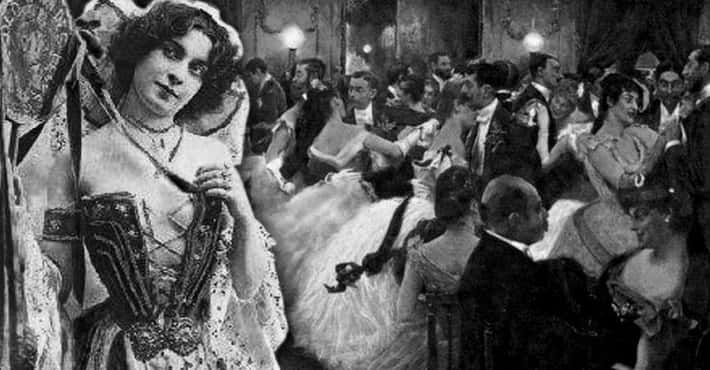Turns Out Chastity Belts Were A Joke From The Middle Ages
Did The Crusaders Really Lock Up Their Wives With Chastity Belts? Spoiler: No
Photo: Wellcome Images / Wikimedia Commons / CC BY 4.0The myth of the chastity belt claims that it dates back to the 1100s, when anxious Crusaders "locked up" their wives before they rode off to the Holy Lands. Women’s sexual appetites were legendary, and no husband could expect his wife to remain faithful for years, so the knights felt they only had one choice – a sturdy, iron chastity belt.
There’s only one problem: chastity belts never existed in the medieval period. So why does the myth of the medieval chastity belt have such a strong hold on our imagination? The blame belongs to the Victorians, whose sexual perversions turned the mythical chastity belt into a reality.
The First Drawing Of A Chastity Belt Called It A Joke
Photo: Kyeser von Eichstadt / Wikimedia Commons / Public DomainIn 1405, Konrad Kyeser wrote Bellifortis, a book about military technology, catapults, and interrogation devices. He also snuck in a drawing of a chastity belt. The chastity belt might seem out of place – but Kyeser’s book also included fart jokes, a fanciful elevator, and invisibility devices.
Plus, Kyeser introduced the chastity belt as a joke for noble youth. In the 1400s, chastity belts weren't real – they were jokes.
Chastity Belts Made Medieval People Look Backward And Stupid
Photo: Wellcome Images / Wikimedia Commons / CC BY 4.0One of the favorite past-times of folks in the Renaissance was laughing about the ignorance of the medieval period. After all, Petrarch, who helped spark the Renaissance, came up with the term “dark ages” to describe everything before his birth.
As historian Sarah Bond argues, “The truth about chastity belts is that they are largely a fiction constructed in the Renaissance and Early Modern periods in order to conjure a more ‘barbaric’ middle age that had come previously.”
Chastity Belts Would Actually Cause Infections, Sepsis, And Death
Photo: Wellcome Images / Wikimedia Commons / CC BY 4.0Let’s set aside the physical impossibility of a metal belt intended to block intercourse but allow urination, defecation, and menstruation. Instead, let's focus on the inherent health risks posed by such a contraption. As the Semmelweis Museum points out, a metal chastity belt would doubtlessly cause “deep and gradually more and more infected cuticular wounds within a few days, vaginal or anal infections, serious sepsis, and eventually death.”
Images of chastity belts evoked the male fear of cuckoldry – that their unfaithful wives would make them into mockeries instead of manly men.
The Woman Was Always Topless, And The Lover Was Always Waiting In The Wings
Photo: Heinrich Wirri / Wikimedia Commons / Public DomainTake a look at Renaissance scenes featuring chastity belts. In this one, a jealous husband locks his wife into a sturdy metal chastity belt. The topless woman reclines on the bed waiting for her husband to leave, while her lover waits in the shadows holding a copy of the belt’s key. As soon as the boorish husband departs, the chastity belt will snap open.
These images played on the idea that an older husband could not satisfy the bedroom desires of his young wife. During the Italian Renaissance, teenage girls often married men who were in their 30s or older. But these anxious older men were targets of derision, perpetuating the idea that they were sexually impotent and unable to control their wives. The chastity belt promised a solution to both problems.
The Myth Of Chastity Belts Is Rooted In Misogyny
Photo: Unknown / Wikimedia Commons / Public DomainEven though chastity belts were a myth invented by insecure husbands, they reveal a dark, misogynistic view of women. As a 15th-century book on witchcraft declared, women’s carnal lust was insatiable – “for the sake of fulfilling their lusts they consort even with devils.”
The entire joke of the chastity belt rested on the idea that it was impossible for women to be faithful, that they’d even find a way around thick metal underwear. Chastity belts were a male fantasy (notice how the women are always topless?) linked to sexual anxiety.
In the 1700s, Chastity Belts Were Still Seen As A Joke
Photo: Wellcome Images / Wikimedia Commons / CC BY 4.0In 1724, the great satirist Voltaire ridiculed the idea of chastity belts. In his poem Le Cadenas, Voltaire described an angry council of Romans who all had unfaithful wives. One suggests simply killing all the women. But instead they settle on a chastity belt to force fidelity: “She must be virtuous, of course, when under the restraint of force.”
The poem made chastity belts – the idea that only a fool would believe you can force fidelity by simply locking up a woman – into a joke. This might explain why nearly every image of chastity belts from the period depicts a man standing ready with the key.
Then What About All Those Giant Metal Chastity Belts?
Photo: Wellcome Images / Wikimedia Commons / CC BY 4.0If chastity belts were a myth and a joke, why are there so many real chastity belts, with some of them still in museums? As the Semmelweis Museum’s exhibit on chastity belts declared, “The chastity belts dated to the Middle Ages appeared from the middle of the 19th century in the most significant and then also in the minor museums of Europe.” In short: they are unauthorized reproductions. Historian and curator Lesley Smith agrees: "I have travelled abroad and looked at art collections and, as yet, haven't seen a chastity belt that can be proved to be medieval in origin."
And just take a closer look at this particular chastity belt, once thought to date back to the 1500s. The flower shape cut out meant to allow through excrement like a Play Doh Fun Factory seems highly impractical.
Victorians Were Obsessed With Chastity Belts
Photo: Unknown / Wikimedia Commons / Public DomainVictorians were the first to mass produce chastity belts, which they marketed as anti-rape devices. The British Museum concluded, “It is probable that the great majority of examples now existing were made in the eighteenth and nineteenth centuries as curiosities for the prurient, or as jokes for the tasteless.”
In addition to chastity belts, the Victorians also pioneered devices intended to stymie self pleasuring, convinced that self-love was responsible for “blindness, impotence, and epilepsy...chronic fatigue, mental derangement, and even premature death.”
Chastity Belts Weren’t “Armored Bikinis,” But Apparently We Can’t Drop The Myth
Photo: Scary Movie / Miramax FilmsIn 1969, David Reuben’s Everything You Always Wanted to Know About Sex (But Were Afraid to Ask) described the chastity belt as an “armored bikini” that thrust “an inch of iron between the vagina and temptation.” Reuben was completely wrong, but the myth of the chastity belt – and men’s desire to control women’s sexuality – lives on.
The mythical chastity belt lets us sneer at the ignorant, barbarian medieval period and laugh at cuckolds. But the myth’s enduring power comes from its link with physical intimacy: whether we find the chastity belt tantalizing or revolting, it’s all about intercourse.



